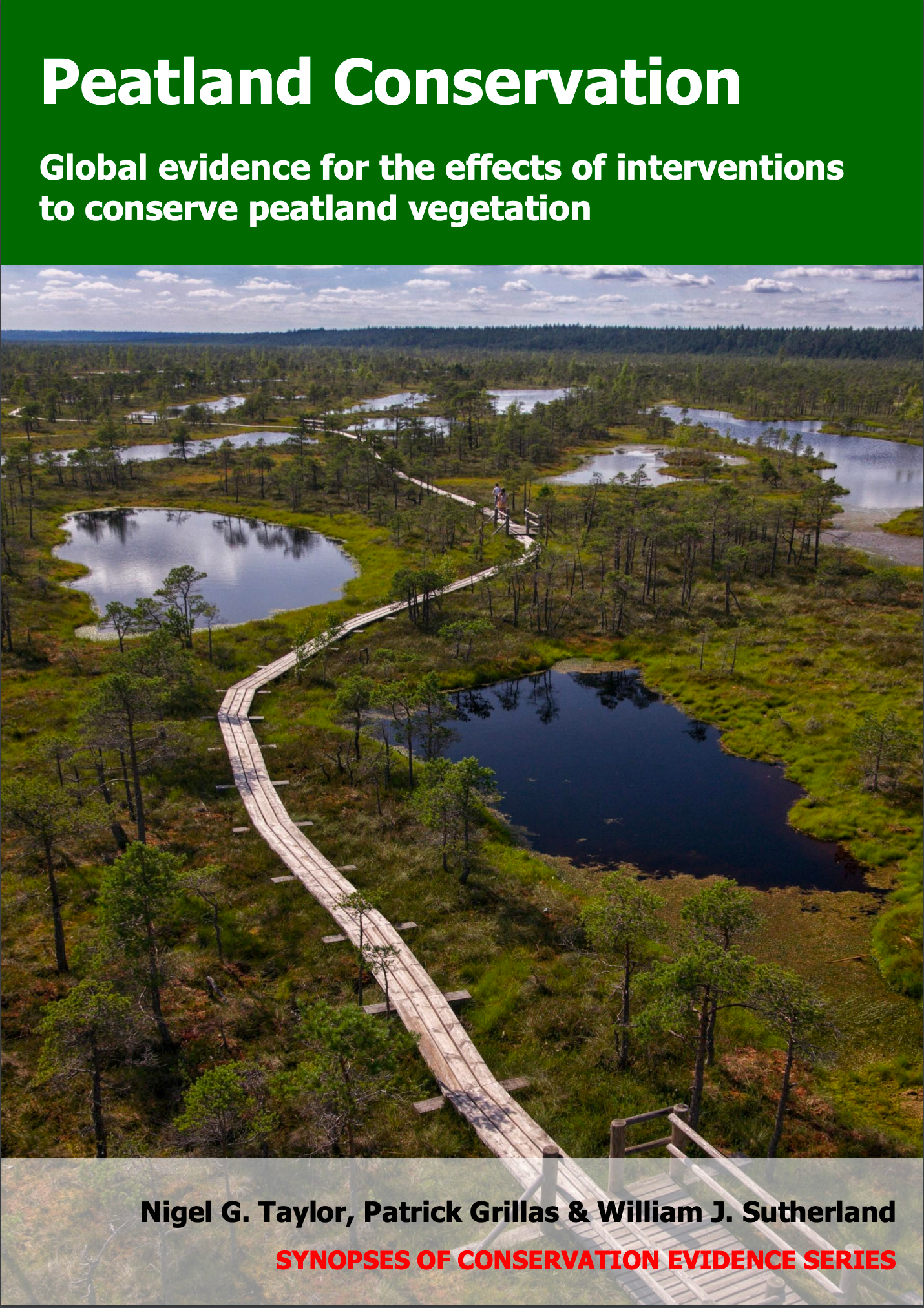Disturb peatland surface to encourage growth of desirable plants (without planting)
-
Overall effectiveness category Unknown effectiveness (limited evidence)
-
Number of studies: 2
View assessment score
Hide assessment score
How is the evidence assessed?
-
Effectiveness
45% -
Certainty
30% -
Harms
20%
Study locations
Supporting evidence from individual studies
A replicated, paired, controlled, before-and-after study in 1996–1998 in a degraded fen in Germany (Richert et al. 2000) reported that ploughed plots developed different plant communities to unploughed plots over two years. Specifically, ploughed plots developed greater cover than unploughed plots of weedy species from the seed bank such as toad rush Juncus bufonius and pale persicaria Polygonum lapathifolium. All plots were colonized by wetland-characteristic species such as cattail Typha latifolia and common rush Juncus effusus, but not sedges Carex spp. or common reed Phragmites australis. Data were reported as graphical analyses. Results were not tested for statistical significance. In 1996, two pairs of plots were established in a historically drained fen. In each pair, one plot was ploughed to a depth of 20 cm and one was not ploughed. Then, the surface of all plots was irrigated with lake water. Before intervention in 1996, then in 1997 and 1998, vegetation cover was estimated in a representative 16 m2 area in each plot.
Study and other actions testedA replicated, randomized, paired, controlled, before-and-after study in 2002–2005 in two degraded rich fens in Sweden (Mälson et al. 2010) reported that disturbing surface peat changed plant community composition and cover. The cover results were not tested for statistical significance. Disturbance significantly altered the development of the plant community over three years (data reported as a graphical analysis). Disturbed plots consistently had lower cover than undisturbed plots of Sphagnum mosses (disturbed: 0–2%; undisturbed; 2–25%) and purple moor grass Molinia caerulea (disturbed: 1–9%; undisturbed; 23–50%). Cover of common reed Phragmites australis, sedges Carex spp. and common cottongrass Eriophorum angustifolium showed mixed responses to disturbance amongst sites, species or other treatments applied to plots. Seventeen fen-characteristic plant species colonized disturbed plots (data not reported for undisturbed plots). In autumn 2002, sixty-four 2.5 x 2.5 m plots were established (in four blocks of 16) across two degraded fens. Thirty-two plots (eight random plots/block) were cleared of vegetation and dug over (top 10–20 cm of peat disturbed). The other plots were not disturbed. Additionally, trees had been removed from all plots and some plots were rewetted and/or mown. In 2002 (before intervention) and 2005, cover of every plant species was estimated in one 0.25 m2 quadrat/plot.
Study and other actions tested
Where has this evidence come from?
List of journals searched by synopsis
All the journals searched for all synopses
This Action forms part of the Action Synopsis:
Peatland Conservation
Peatland Conservation - Published 2018
Peatland Conservation





)_2023.JPG)














